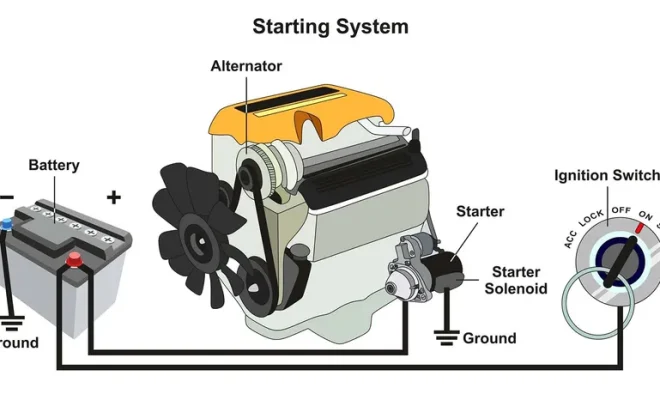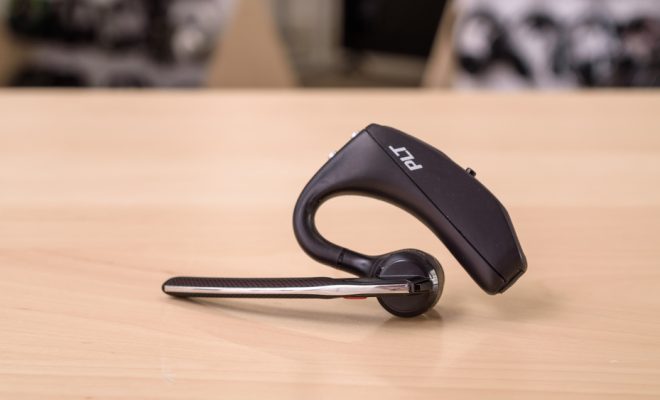How Does Your Car’s Alternator Work?

The alternator is an essential component of your car’s charging system. It is responsible for charging the battery and powering the electrical components of your vehicle when the engine is running. Without a functioning alternator, your car’s battery would not last very long, and all of its electrical systems would shut down.
So, how does your car’s alternator work?
First, it’s important to understand that the alternator is driven by the engine’s crankshaft via a belt. As the engine spins, the belt turns the alternator, which then generates electrical energy.
Inside the alternator, there are three main components: the rotor, the stator, and the voltage regulator. The rotor is a rotating magnet that spins inside a set of stationary wire coils known as the stator. As the rotor spins, it creates a magnetic field that induces an electrical current in the stator.
The voltage regulator is responsible for controlling the amount of electrical energy that the alternator produces. It ensures that the voltage output is stable and within the correct range for charging the battery and powering the car’s electrical systems.
To charge the battery, the alternator converts some of its electrical energy into direct current (DC) power, which is used to charge the battery. The rest of the energy is converted into alternating current (AC) power, which is used to power the car’s electrical systems.
The alternator also has a built-in diode, which acts as a safety valve by preventing voltage from getting too high and damaging the electrical components of the car.




